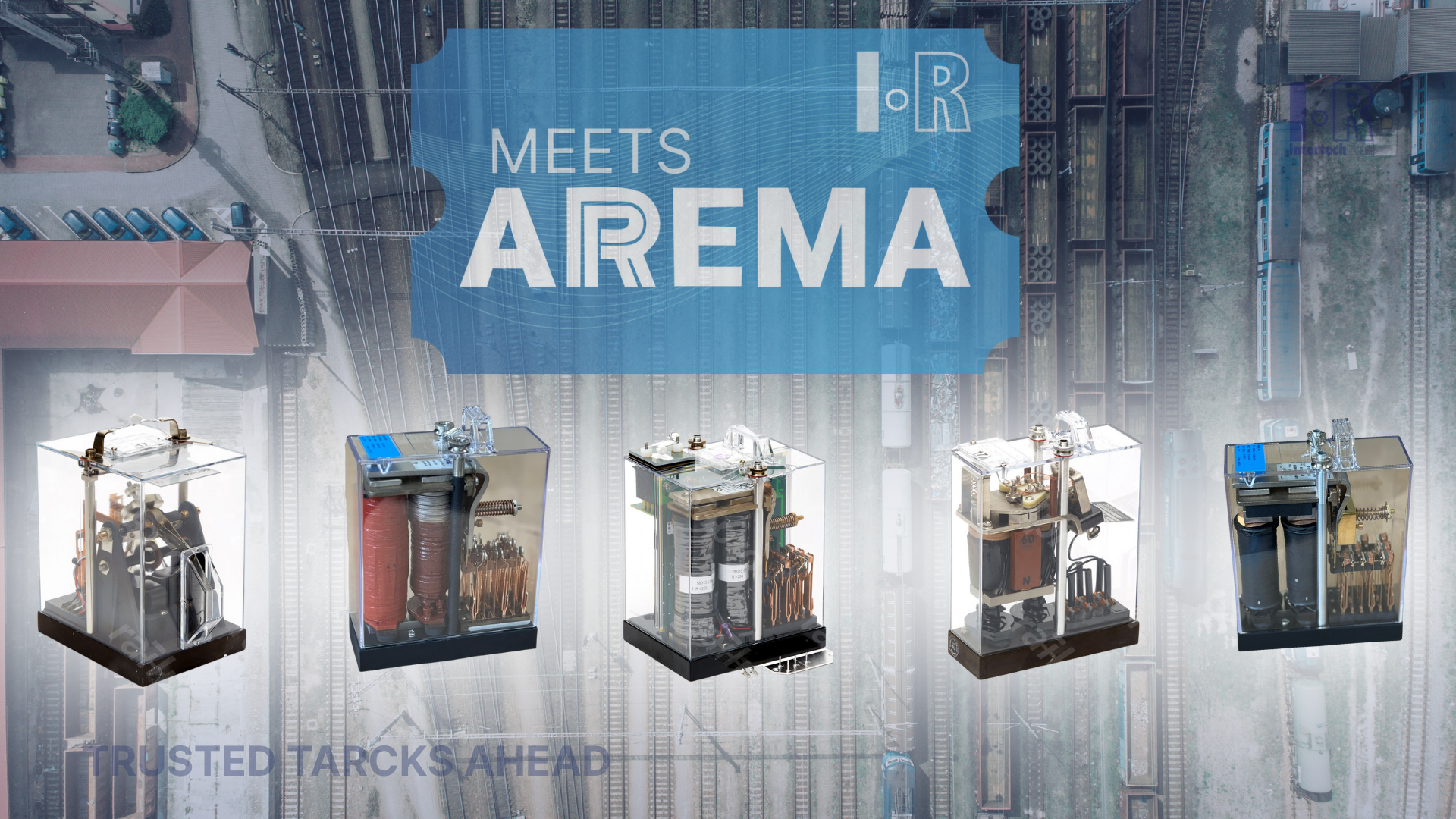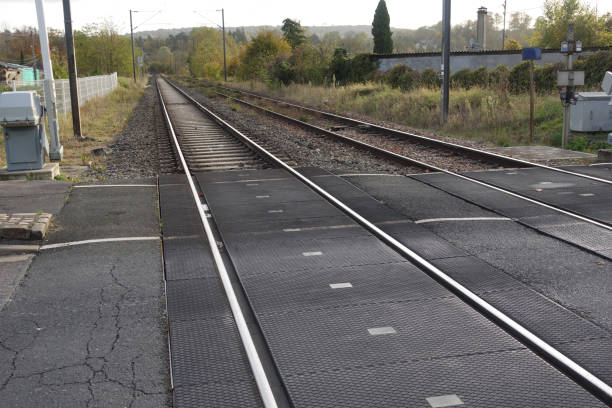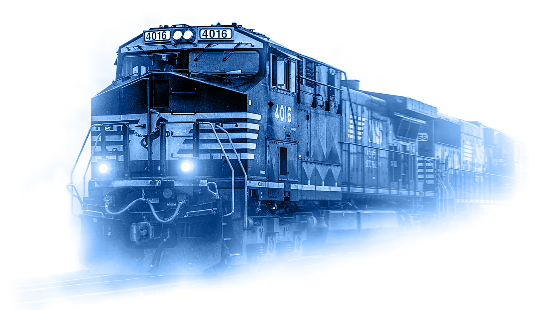Rubber Floor For Level Crossing, a green revolution on the way
We all know the importance of a level crossing when a railway track crosses a road or street. In this type of situation, there is hardware behind it with all the security issues that we have already addressed in other articles on this blog, such as FAIL-SAFE features (any problem in the system, put it in a non-accident situation) and even very low-level failures (SIL3, SIL4).
What few people know are the floors of these level crossings. When a road crosses a rail, asphalt or concrete can be placed, which is done at 99 out of 100 crossings. However, over time, this floor does not support the vibration that exists inside a railroad with a freight train passing by all the time, or even in cities, with urban trains. In a few months, asphalt becomes brittle and destroys itself, just like concrete.
A few years ago, it was developed as a perfect solution, already adopted in developed countries, which are vulcanized rubber floors. They are formed by modules of vulcanized rubber that fit together forming a floor that is often more resistant than asphalt and concrete and does not suffer from the vibration characteristic of a highway.
This type of floor often supports off-road vehicles in mining companies with loads of up to 300 tons, believe it or not. And its duration is set for 10 to 30 years of life, which is extremely high considering its asphalt and concrete competitors.
In underdeveloped countries this type of solution is not used and most of the time asphalt or stones are simply placed to make the crossing works. With vibration this material is quickly dispersed.
A railroad track profile is half a foot or 15 centimeters on average and if there is nothing at the intersection an ordinary car cannot pass a railroad track without damaging its wheels. So, the advantages of this type of flooring are enormous, mainly in terms of loads, durability, vibration resistance, weather conditions such as rain, floods. And yet this type of rubber flooring normally uses a surface with different triangular patterns that greatly increase the resistance to adhesion of both tires and pedestrians, being compared to the same type of adhesion of asphalt and are more efficient in water drainage.
This type of material has been more widespread in recent years and the trend is that all level crossings will have this type of solution in the coming decades, which is even sustainable in the sense that old tires are ground and reused in the manufacture of these floors which in their composition normally use up to 80% recycled rubber ranging from 80 to 50% recycled rubber, the rest is natural rubber and some components that increase the material's hardness and resistance.
Normally, the rubber floor in modules for level crossings is quickly assembled with a team of few operators and a forklift is enough for the whole system to be operational in a few hours. This type of flooring is adaptable to the ground and is placed on the rail sleepers, spreading the load of the truck that is crossing the track, avoiding damage to the rails or movement of the rails during the passage of a heavy-duty vehicle, for example.
This type of solution is highly recommended, easily installable and gigantic durability, especially when heavy vehicles are used. It is also used for crossing pedestrians and bicycles due to its high adherence. In the landscape it is usually suitable because its characteristic color is like the color of asphalt and has a very important environmental aspect in the recycling of rubber used in tires, mainly tires for off-road vehicles, which represents a huge environmental problem for many mining companies. This would be one of the main applications of this type of solution.
Maintenance is also very simple: any of these modules that present a problem can be easily replaced.
The rubber floor is a solution that's here to stay and is set to replace all asphalt and concrete solutions worldwide on thousands of level crossings. The environment appreciates.
Read more:
- Vital Signaling: technology that propels the production and the railway transportation of ore
- Brazil on the tracks: Railway Landmark and sustainability get advancements in the domestic market




1501 Venera ave Suite 320A Coral Gables, FL 33146
+55 11 985974011 (Brazil)
+1 614 302 1900 (USA)
Intertech Rail 2024 - All Rights Reserved






